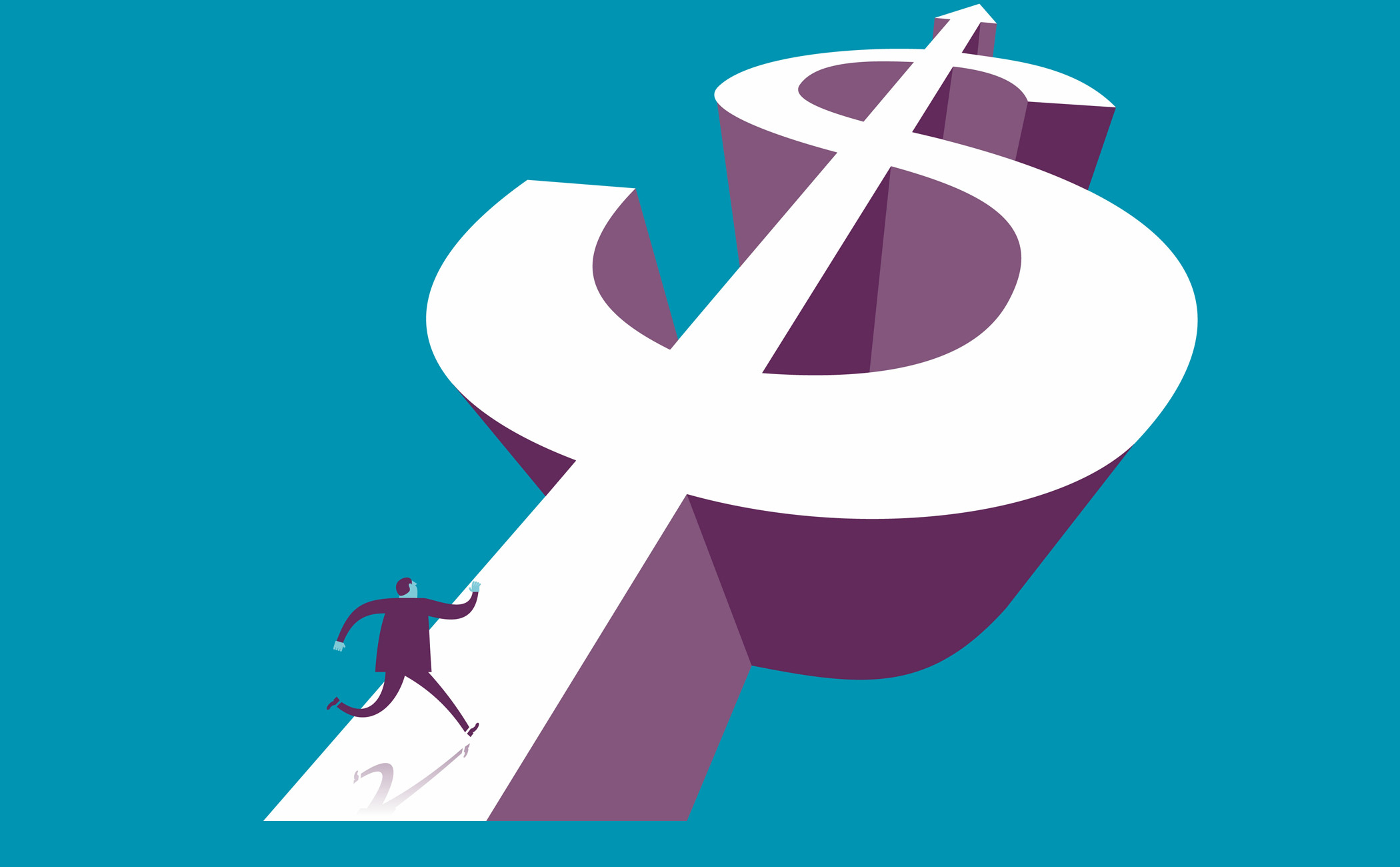The recent hike in the US dollar’s exchange rate in the Iranian market after the greenback gained against all other major currencies does not equal a weaker rial, claims a deputy economy minister.
“The increase in the dollar’s exchange rate [against rial] in recent weeks has happened because its value has gone up against all other currencies and the global trend of increasing demand for the dollar is the reason for the rial’s decline against the dollar,” Hossein Qazavi was quoted as saying by IBENA.
In an address to a gathering of Bank Tejarat officials, Qazavi said this does not mean that the value of the national currency has fallen.
“The mandate of the Central Bank of Iran under the circumstances is to maintain stability and prevent fluctuations in the currency market, and not necessarily to interfere for realizing a specific rate,” he said.
In mid-November, the US dollar soared to its highest since April 2003 against a slew of currencies in global markets, reaching its strongest in a year against the euro. It advanced past $1.07 per euro for the first time since the start of December 2015.
The American currency broke the 40,000-rial threshold in Tehran’s market on Wednesday, recording an all-time high for the currency. While the American currency had begun to rally in November, the 40,000-rial milestone took the economic officials by surprise.
While the government and the central bank have come under fire for recent currency market swings, officials have sought to allay fears by saying that these fluctuations are temporary and will abate as demand for the currency subsides.
Stressing the necessity of maintaining financial discipline in the government, Qazavi called for better interaction between the government and banks.
If the administration implements measures for a paid-up capital increase of government-owned banks, he said, “We will witness an improvement in the capital adequacy ratio and lending capabilities of these banks, which will naturally influence other banks as well.”
Referring to the fact that the first draft for a joint bill between the Ministry of Economic Affairs and Finance and the Central Bank of Iran regarding Iranian banks has been readied, he spoke of what the bill would entail.
“If passed, the bill will create significant changes in the way interests for the government’s overdue debts to the banks are calculated. They would be calculated in a way that would be more supportive of banks,” Qazavi concluded.


